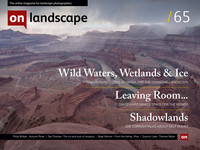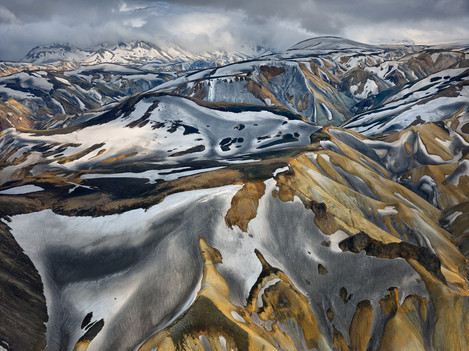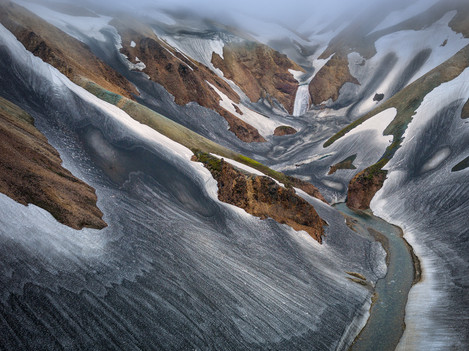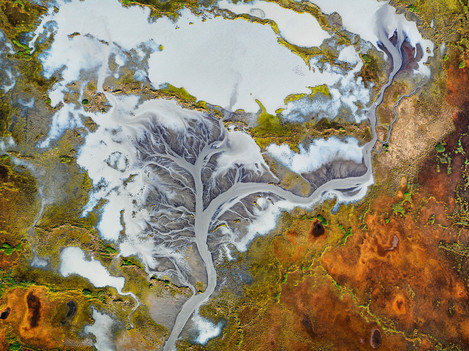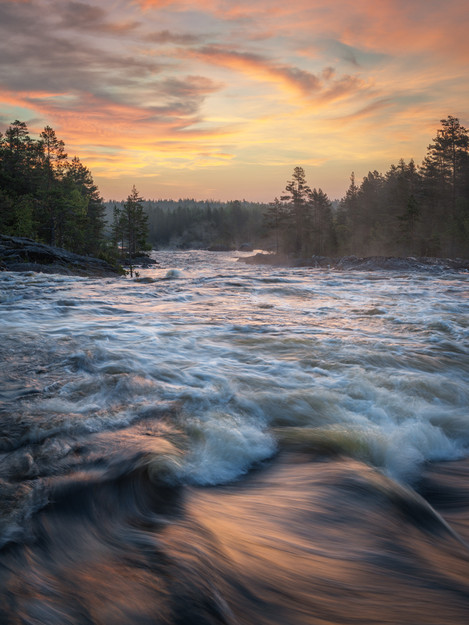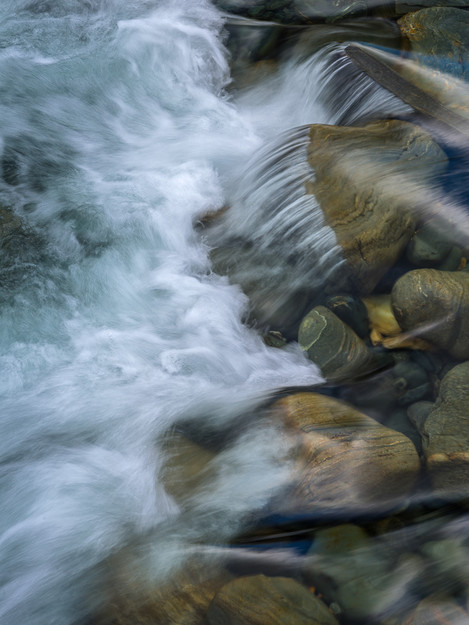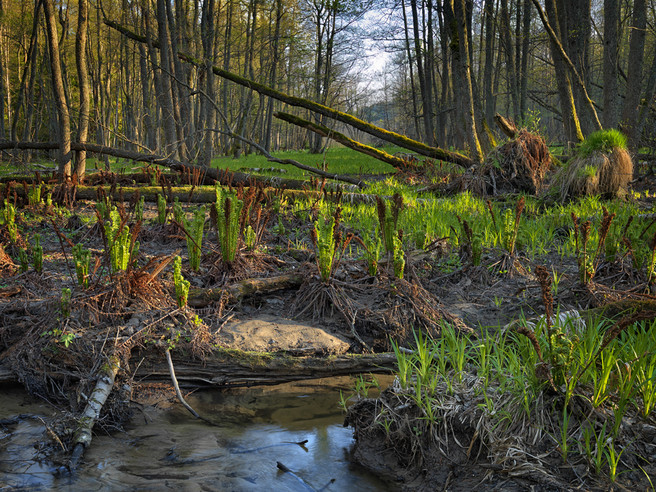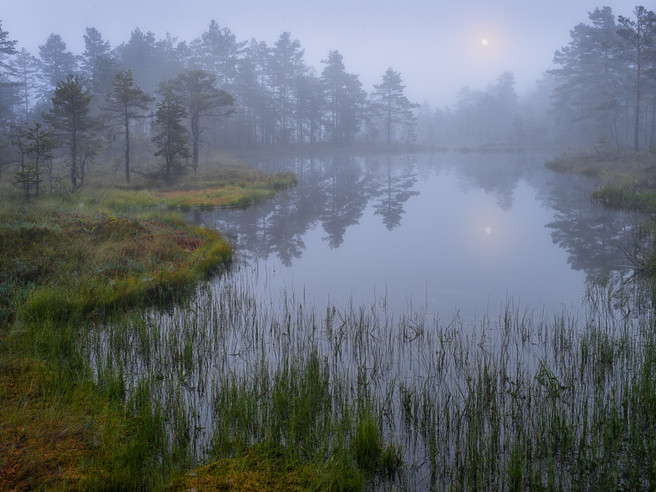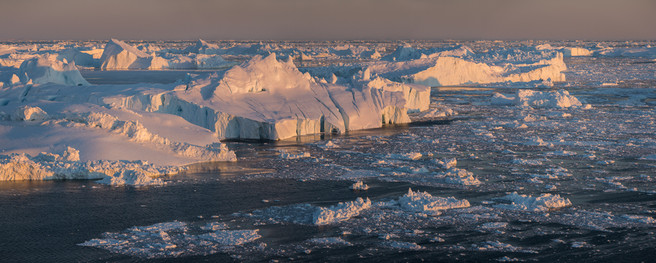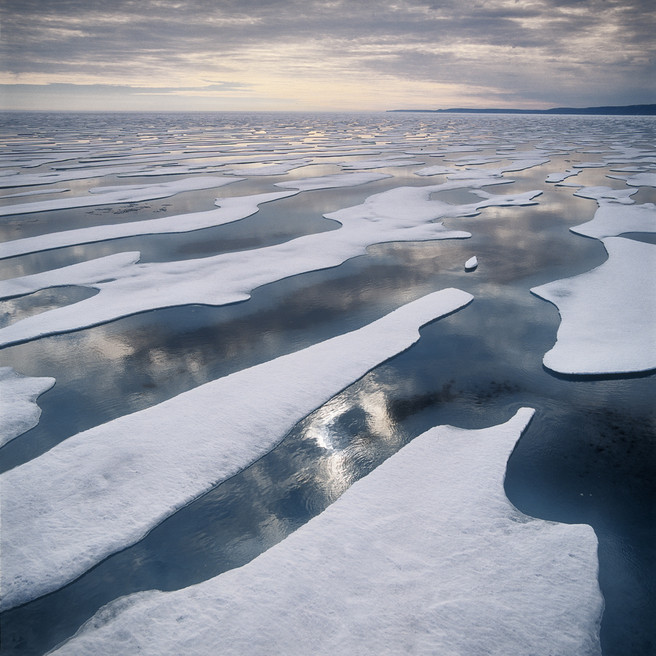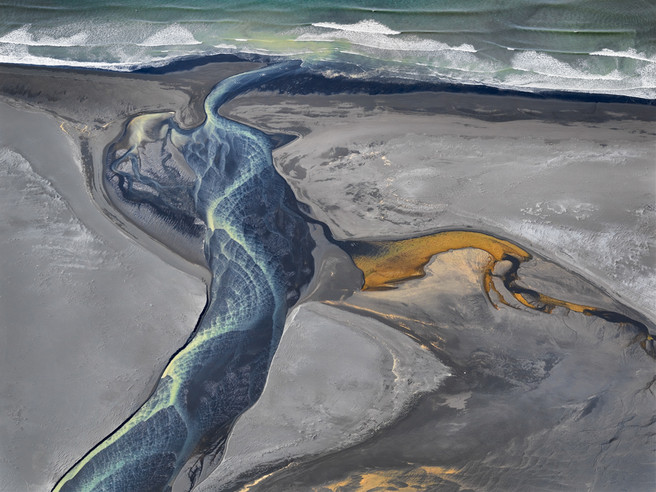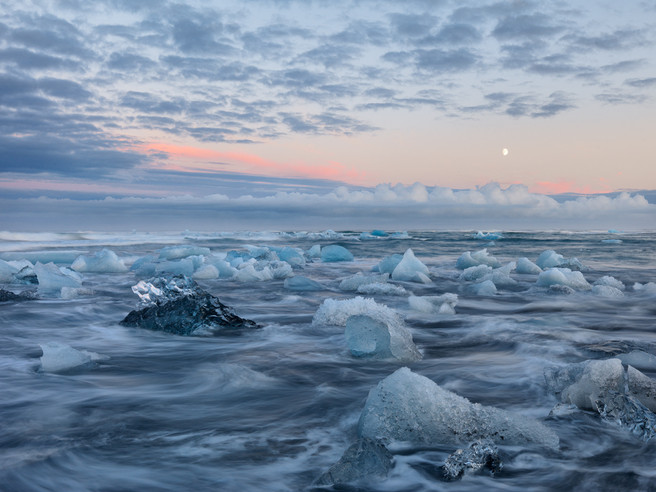No Longer in Abundance

Hans Strand
Hans Strand is an internationally recognised photographer who has received numerous awards for his work and published three books. He lives near Stockholm in Sweden.
Water has followed me like a wet line since I started photography in 1981. This elusive molecule of hydrogen and oxygen has given me thousands of inspiring moments with my camera. Elusive since it has an infinite amount of ways of showing itself in different forms. Everything from huge waterfalls to tiny little trickles; From stormy seas to lifting mist over calm lakes. Sometimes transparent, blueish and fresh and sometimes stained by peat or glacial silt.
These multiple forms of water were once taken for granted as perpetual, but due to environmental changes and the influence of man we can now see changes happening right in front of our eyes. Glaciers and multi-year sea ice are melting, rivers are being exploited for hydroelectric power, wetlands are drying out. Back in 1995 I made a book on the life cycle of water, “And The Sea Never Rests”. It was my first book and was a result of my passion for the subject. In the book I followed the journey of a water drop from a melting ice edge in the mountains, through creeks, river and lakes to its end station, the sea. It is a journey I am also going to repeat for you here.
In the mountains of Iceland
In June, lots of snow is still left in the highlands. From the air you can see patterns of colourful rhyolite mountains mixed with snow stained by volcanic ash. This blend is some of the most complex sights I have ever encountered from the sky. In august most of this snow has melted away and the landscape takes on a more uniform look. This year I flew a helicopter for three hours over the highlands allowing me to get much closer to the ground than from high winged Cessna.
In the last hour in the helicopter over the highlands, the rain came in and changed the landscape further. The character of the landscape became softer and colours as well. The mountain slopes are stained by ash from the surrounding volcanoes and in the background, a waterfall with meltwater is plunging into a valley.
As a result of global warming our glaciers are melting and fifty years from now there will probably be no glaciers left in Europe. It may be that even the mighty Vatnajökull on Iceland will no longer be here for us. It is retreating at a speed of about 50-70m per year and as a result the fantastic ice rivers are drying out. These ice rivers have been my favourite subject for aerial photography since I started shooting from the sky in 2000. Through my years of flying over Iceland, I have seen dramatic changes from year to year. Images I took in 2008 of rivers and wetlands in Thjorsarver were impossible to take the year after, since the river from Mulajökull had dried out. I am glad that I got a glimpse of what once was.
This aerial photograph of an ice river entering a wetland is from 2008. Nothing but a brown grey desert is what remains today. The white colour of the river comes from glacial silt which is a typical ingredient of an ice river. The mosses are all in vibrant natural colours, from red to green.
Rivers of Sweden
Sweden used to have hundreds of wild rivers. Now only a handful of them are untouched. The majority of the waterfalls in our country have been silenced forever for the cause of hydroelectric power. I have a summer house nearby Lake Marmen in River Ljusnan. That lake was once considered as the richest lake in Sweden in terms of biodiversity. Due to three dams further downstream the salmon and sea trout can no longer spawn in the river. My grandfather used to tell me fishing stories from the 1930's. Twenty five kilo salmons were not an unusual sight. Today I am happy to catch a half kilo pike in the lake. The dry waterfalls are sad to see. What remains are naked canyons where the rivers once flowed.
A tributary of River Ljusnan is River Voxnan where its upper flow is still untouched. Here, in a torrent called Hylströmmen, I started my career as a landscape photographer. In the 80's I was there almost every weekend to take pictures. This year I was there again after more than 20 years and experienced the same fascination as I did before. A wild river at dawn is an almost religious experience. Huge masses of wild water, which bounces over cliffs and fills the air with a powerful rumble. At sunrise, you reach the climax, and it becomes like a scene picked out from a Wagnerian opera. As romantic as it gets.
When photographing water in motion, like a river I am always trying different shutter speeds to see which one fits my particular shot. For my taste, I think shutter speeds between 1/2 second to 1/15 of a second fits running water. This river shot of Abisko River was shot at 1/10 second allowing motion blur with great structure.
Wetlands and swamp forests are some of the most overlooked habitat in nature. Here, more than anywhere else, the life cycles are coming and going. Sadly, a lot of the less important habitats are dredged out to dry and give space for new forest plantations. Habitats for specialised plants, insects and water birds are taken away. South of Stockholm, I have a swamp forest which I am visiting almost every month. In mid May the ferns are shooting out from the wet forest floor. The same ferns are decaying half a year later in November and makes just as a complex display.
The wetlands in Sweden are remains of lakes created by the latest ice age where the resultant lakes have gradually been overgrown by mosses and peat. In the middle of Sweden, there is a fantastic photogenic bog called Knuthöjdmossen. At dawn, the mist is softening the landscape and makes it into one of my all time favourite subjects.
By the sea of The Arctic
Greenland
The Icelandic icecap is melting faster than scientists had anticipated. As a result, enormous amounts of meltwater is sinking through crevasses in the ice pack and forms huge lakes underneath the glacier. This works as a lubrication which speeds up the calving process of the glaciers. Enormous masses of ice are sliding faster and faster down the valleys from the inland ice. In 1997 when I first visited The Icefjord on West Greenland the average speed of the ice flow was an amazing 30m/day. Today that amazing speed has almost doubled. As a result, the sea outside the fjord is completely packed with icebergs. From a photographers point of view this scenario it is fantastic, but what we are seeing is a dying Arctic. This enormous production of icebergs is not balanced and in a short time from now it will stop forever.
Some of these huge icebergs are over 60m high, which means that they are about 500m deep. The largest icebergs are getting stranded on the bottom of the fjord mouth, which is like a threshold and not as deep as the inner part. Here stitched into a large file panorama using 7 vertical frames for maximum resolution.
High Arctic
Sea ice no longer exists around Svalbard in the summer. It is the same story in Arctic Canada. In 1999 I joined a Swedish polar expedition navigating through The North West Passage. I was so inspired that I took 110 rolls of film of multi year ice patterns. Our icebreaker Canadian CCGS Louis St. Laurent was the first vessel in history to navigate through McClure Strait. It was a sensation in 1999. Today you can paddle through it with a canoe. Multi year ice no longer exists in these waters in the summer.
On the south coast of Iceland one of the ice rivers reaches the sea and gets its first salty welcoming kiss by the Atlantic. The river carries silt from the glaciers in the mountains and has therefore a milky character. Mixed with silt, is iron-oxide (rust) which is naturally extracted form volcanic soil.
In eastern Iceland, small icebergs are carried out by a river coming from Jökulsarlon ice lagoon and flushed back on the beach. This scene is extremely photogenic and unfortunately attracts many photographers from the whole world who want to share the experience. The beach is therefore often quite crowded and a clear view free from other colleagues can be difficult to accomplish. For sea pictures like this one I try to get shutter speeds around 1 second. This to give the waves some soft motion blur, but still keeping some structure in them.

